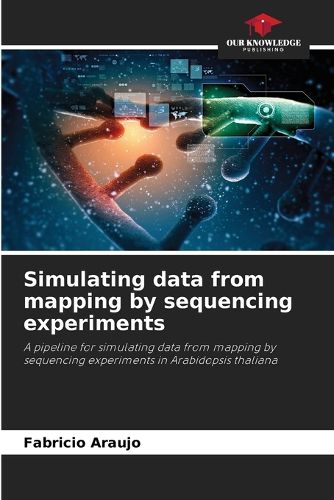Readings Newsletter
Become a Readings Member to make your shopping experience even easier.
Sign in or sign up for free!
You’re not far away from qualifying for FREE standard shipping within Australia
You’ve qualified for FREE standard shipping within Australia
The cart is loading…






Recent advances in next-generation sequencing (NGS) technologies have reduced the time needed to identify mutations in forward genetics, one of the main ways to characterize gene function in plants. The methodology used to identify mutations induced by physical or chemical mutagens in a mapping population is known as mapping-by-sequencing. Among the various techniques that use this methodology, Next-generation mapping (NGM) stands out because it requires a small number of mutants in the mapping population. However, in the published works, it is not clear why the parameters used to form the mapping population (number of individuals, number of mutants, way of crossing) and for sequencing (platform used, sequencing method, coverage) were used in the experiments. For this reason, a bioinformatics pipeline was developed that enables the simulation of data from experiments using the NGM technique with the model plant Arabidopsis thaliana, one of the most studied and sequenced plants in the literature.
$9.00 standard shipping within Australia
FREE standard shipping within Australia for orders over $100.00
Express & International shipping calculated at checkout
Recent advances in next-generation sequencing (NGS) technologies have reduced the time needed to identify mutations in forward genetics, one of the main ways to characterize gene function in plants. The methodology used to identify mutations induced by physical or chemical mutagens in a mapping population is known as mapping-by-sequencing. Among the various techniques that use this methodology, Next-generation mapping (NGM) stands out because it requires a small number of mutants in the mapping population. However, in the published works, it is not clear why the parameters used to form the mapping population (number of individuals, number of mutants, way of crossing) and for sequencing (platform used, sequencing method, coverage) were used in the experiments. For this reason, a bioinformatics pipeline was developed that enables the simulation of data from experiments using the NGM technique with the model plant Arabidopsis thaliana, one of the most studied and sequenced plants in the literature.